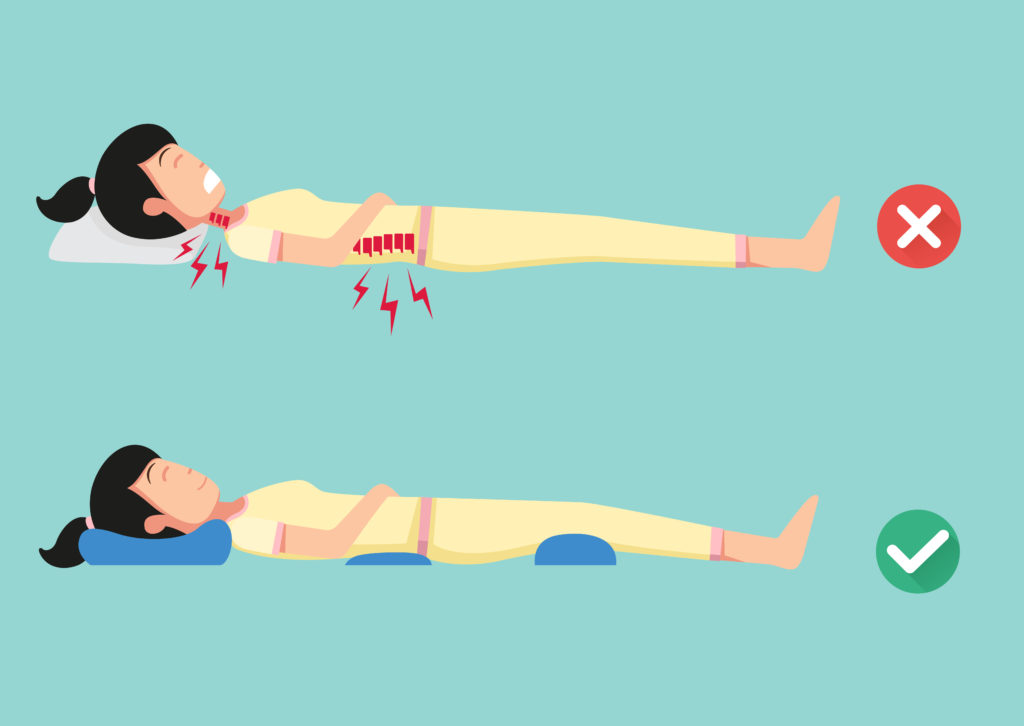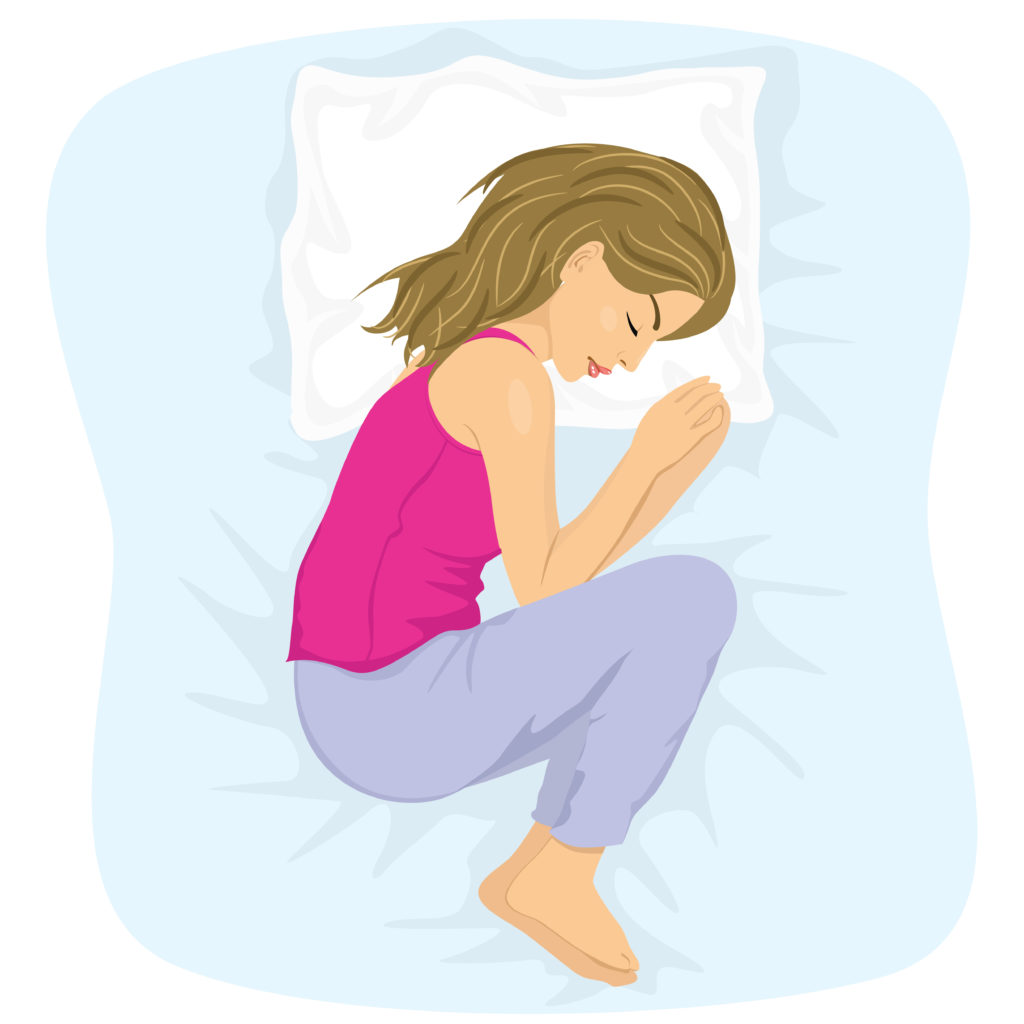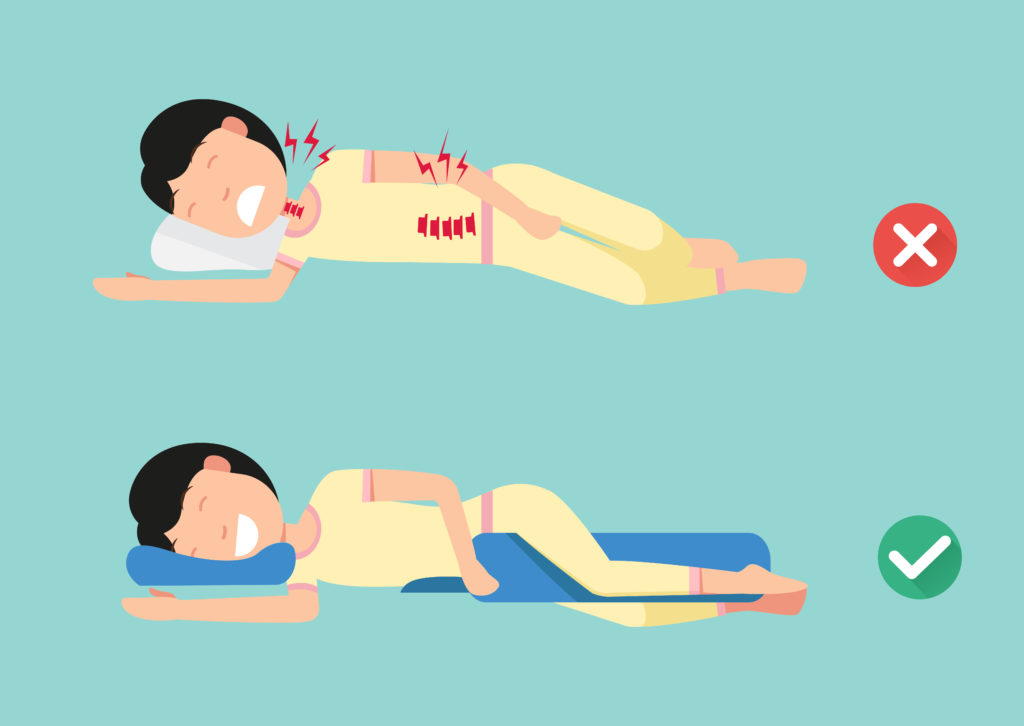Back pain in morning? It might be your sleeping position!
Ever wake up feeling like your body is completely broken? Or feel this weight on your lower back? Do you feel like you got kicked or have been sitting wrong for a while? No worries, you are not alone who suffering from lower back pain in morning after sleeping
It appears that when you sleep and your body goes into relaxed-mode, it tends to move and shift in different positions. Some research suggests that this happens because of neurological stimulation happening on your physical body that it assumes the most comfortable positions it can. Other research suggests that your physiological brain controls your body based on your emotions and dreams, essentially the subconscious takes over. Both can be correct, but here’s what it all seems to point to: posture.
When you are getting ready to sleep, do you roll on your side, or do you lie flat on your back? Does your pillow lift your head much higher than your body? Do you sleep on your stomach when it hurts? All of these questions can determine why you sleep well or why you don’t. Ask your doctor about this today.
Some of the best sleeping positions to fix alignments of the back are:
Sleeping on your back

Lots of people prefer sleeping on their sides, not many really feel comfortable being on their back. Realizing that sleeping on your back can help you breathe better at night and allow all your muscles to fully relax, you might consider trying it. Reclining in a comfy bed would allow your body to sink in naturally depending on your weight and this can really show you where your pressure points are.
Hakeem's tip: If you feel you are unable to last a whole night on your back, then place a pillow next to your shoulder for support. I tend to always find myself trying to turn to my right side, so it helps me when I put a pillow to prevent me from turning, and when it gets really uncomfortable, I just lift a bit of my back and shoulder onto the pillow for relief.
Sleeping on your back with your legs raised slightly

While we move around and sleep on a daily basis, we don’t actually notice that our internal organs can move. Not drastically but they shift positions a bit until our spine is aligned again. Sleeping on your back with your legs raised leaves your lower back curled in its natural form, which helps in aligning the back. If you are still uncomfortable, you can place a rolled-up pillow in the small of your back for extra support. This can also help maintain healthy blood flow throughout the night.
Sleeping on your stomach

This position helps people who suffer from disks and those who feel immense pain in their backs. Place a pillow under your abdomen or pelvis to relieve more pressure, as this forces your body to rest around the pillow, meaning it will leave your back elevated. Remember, if you choose to have a pillow under your head as well, it can cause some tension to buildup on your neck. For perfect results, let your body flow and relax over the pillows, this will relax your body as well as the space between your vertebrae.
Sleeping in the fetal position

When your back really hurts you sometimes start to feel the need to stretch. Your body then compresses your bones and nerves without you noticing and the best way to relieve that pain is to actually stretch. Sleeping in a fetal position curls your torso to allow some space to open up in your vertebrae. This becomes especially painful if you suffer from a disk. Relieve some tension by curling your body towards itself.
Sleeping on your side

If your back starts hurting you when you are lying in the fetal position or flat on your back, then try to move to the most comfortable side. Most people prefer to sleep on their right side, as there is less pressure put on the heart.
Let us Take Care of Your Health.
Get FREE health tips, medical advice, lifestyle hacks and the latest news delivered straight to your inbox!